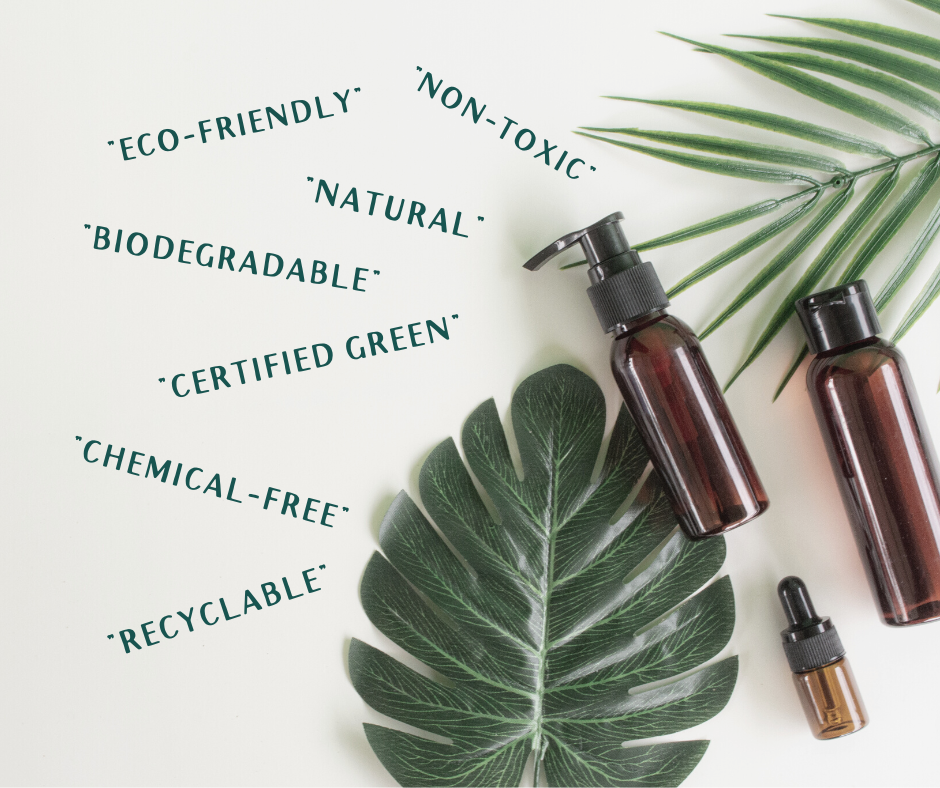What is Greenwashing?
Greenwashing, also known as “green sheen,” is when an organization spends more time and money promoting itself as environmentally friendly rather than actually reducing its environmental impact. It is a deceptive marketing method designed to mislead consumers who prefer to buy goods and services from eco-friendly brands.
Companies can greenwash even when they have good intentions. As a result of greenwashing, most American consumers might doubt company claims about their sustainability practices.
Examples of Greenwashing
The U.S. Federal Trade Commission (FTC) offers several instances of greenwashing on its website, which details its voluntary guidelines for deceptive green marketing claims. Below are examples of unsubstantiated claims that could be considered greenwashing.
- A trash bag is labeled “recyclable.” Trash bags are not ordinarily separated from other trash at the landfill or incinerator, so they are highly unlikely to be used again. The claim is deceptive since it asserts an environmental benefit where no meaningful benefit exists.
- A plastic package containing a new shower curtain is labeled “recyclable.” It is not clear whether the package or the shower curtain is recyclable. In either case, the label is deceptive if any part of the package or its contents, other than minor components, cannot be recycled.
- An area rug is labeled “50% more recycled content than before.” The manufacturer increased the recycled content from 2% to 3%. Although technically true, the message conveys the false impression that the rug contains a significant amount of recycled fiber.
National Geographic also offers insight into deceptive green marketing claims, specifically on plastic water bottles.
- Plastic water bottles that are made with less plastic are promoted as eco-friendly water bottles. While it is made with less plastic, it is still a single-use plastic bottle that will need to be recycled, and only 9% of that plastic is actually recycled.
Difference Between Green Marketing and Greenwashing
It can be hard to identify the distinctions between green marketing and greenwashing. Unlike greenwashing, green marketing is when companies sell products or services based on legitimate environmental positives.
Green marketing is generally practical, honest, and transparent, and it means that a product or service meets the following criteria:
- Not made of materials harvested from a protected area or that negatively impact threatened or endangered species with their harvest
- Manufactured in an environmentally conscious manner
- Designed to be reusable rather than disposable
- Free of toxic materials or ozone-depleting substances
- Contains post-consumer recycled material which is content created by consumers after a product has reached the end of its use. The benefit of using post-consumer content is it is reused manufactured goods, preventing items from ending up in the landfill or needing to rely on raw materials.
- Made from renewable materials (such as bamboo)
- Follows the Fair Trade Standards. Fair Trade protects workers’ rights, safer working conditions, and fairer pay. For shoppers, it means high-quality, ethically produced products.
- Does not use excessive packaging (such as plastic) and offers in detail what is recyclable in the product and/or the packaging
However, it’s easy for green marketing to convert to greenwashing when an organization doesn’t live up to the standards of sustainable business practices. “Eco-friendly,” “organic,” “natural,” “green,” and “biodegradable” are just some of the widely used labels that can be confusing and misleading to consumers.
Spotting Genuine Eco-Friendly Companies
Of course, not all companies are involved in greenwashing. Some products are genuinely green. These products usually come in packaging that spells out the differences in their contents from competitors’ versions.
The marketers of genuinely green products are more than happy to be specific about the beneficial attributes of their products. For example, they may explain that their product is made from merino wool, the plastic they use in their packaging is from recycled plastic bottles, and/or that the boxes used in shipping are made from recycled cardboard.
The U.S. Federal Trade Commission (FTC) helps to protect consumers by enforcing laws designed to ensure a competitive, fair marketplace. The FTC offers guidelines on how to differentiate real green from greenwashed:
- If a product claims a benefit compared to the competition, the claim should be substantiated.
- Packaging and advertising should explain the product’s green claims in plain language and readable type close to the claim.
- A product’s marketing claim should not overstate, directly or by implication, an environmental attribute or benefit.
- An environmental marketing claim should specify whether it refers to the product, the packaging, or just a portion of the product or package.
Key Take Away
With raging wildfires, threatening hurricane seasons, and the ongoing issue of climate change, there has never been a better time than the present for consumers to integrate sustainability into their daily lives. However, it can be challenging for consumers to improve their environmental impact when companies aren’t transparent. Therefore, when purchasing products, it is best to be educated on how to identify truly green products, as well as how to know when greenwashing is taking place.

